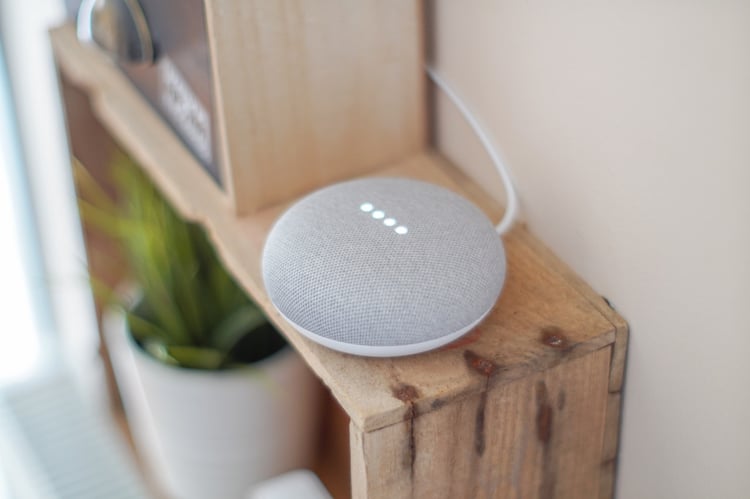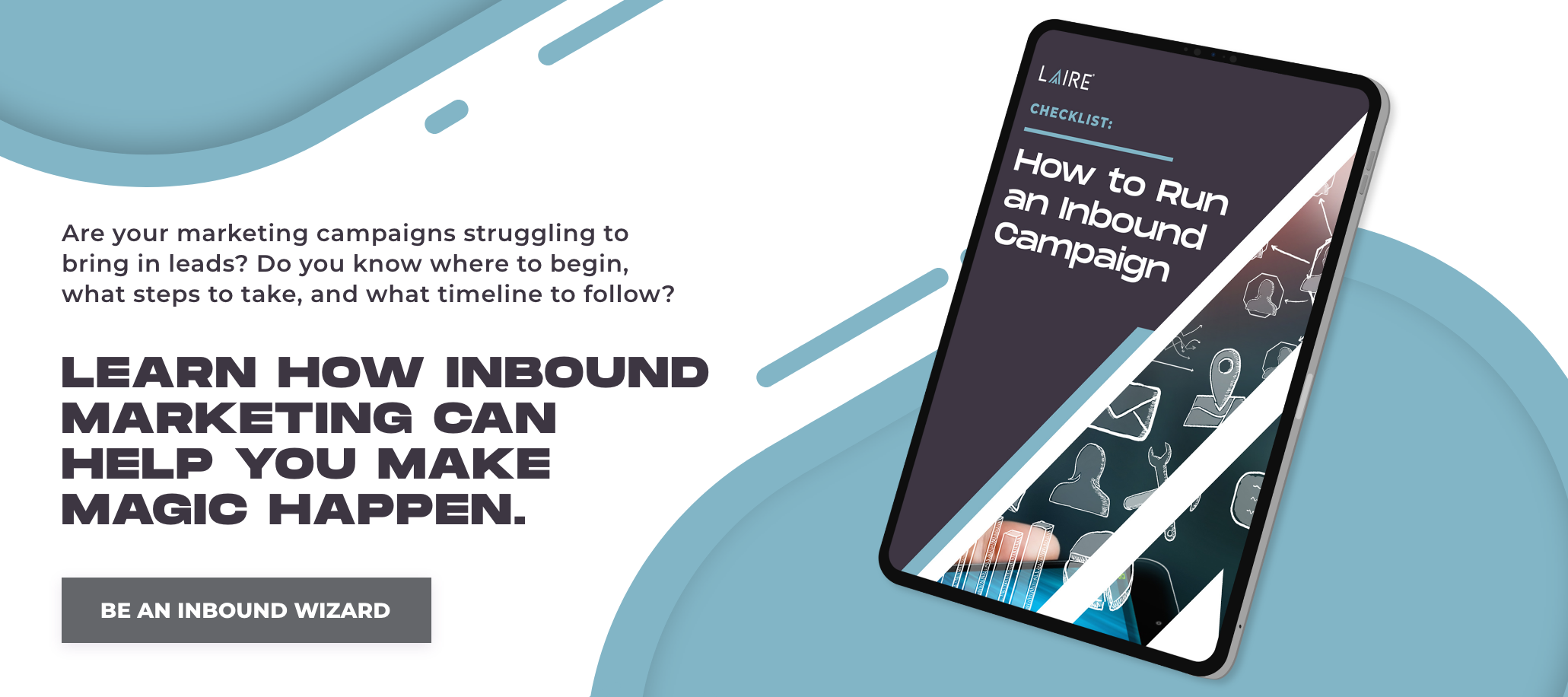Blogging has been around for years, practically since the invention of the Internet back in 1983. Hard to believe it’s been over 36 years, right? Before that pivotal moment in history, the answers to our questions could only be found by visiting the local library and reading book upon book until the information we were looking for was uncovered.
Thankfully, since the Internet was created, information has been released online at a rapid pace, technology has advanced substantially, and smart phones were created. That has led us to the point of being able to say, “Hey Google” or “Hey Siri”, and our virtual assistants deliver the answers to our questions within seconds.

But here’s the thing - our virtual assistants wouldn’t be able to help us (and we’d be back in the library) if it weren’t for blogging and online content. It’s the backbone of any Google search, and if you’re following proper content marketing best practices on your company website, it will help drive web searchers to your site and increase leads.
To get on the right path with content marketing for your business, it’s important to fully understand what it means, and how blogging fits into the big picture. Let’s start off by answering this question – “what is content marketing?”.
What is content marketing?
According to the Content Marketing Institute, “Content marketing is a strategic marketing approach focused on creating and distributing valuable, relevant and consistent content to attract and retain a clearly defined audience – and, ultimately, to drive profitable customer action.” That’s a lot to take in, right? Let’s break it down a bit. Content marketing can be dissected into four parts:
- Identify your target audience.
- Conduct research on trending search terms that are relevant to your business (using an online tool like UberSuggest, Moz, Keywords Everywhere, etc.).
- Use your findings (plus frequently asked questions from clients and leads) to create your content marketing strategy, including blog articles, content offers, etc. to craft and post on your website.
- Share relevant content marketing pieces with your audience via email marketing, paid advertising and social media.
Now, let’s define blogging.
What is blogging?

Blogging for business is essentially the act of publishing original articles on a designated blog page on your company website in an effort to support business growth. Maintaining a regular blog is a critical piece of an effective digital marketing strategy. In fact, according to HubSpot, “businesses using blogs as part of their content marketing mix get 67% more leads than those who don’t”. That means there’s a ton of opportunity in blogging for your business. Do you have a blog on your website? Are you contributing a new article regularly?
Common pushback to blogging we hear from business owners is – “But I’m not a writer.” So, if that’s what you’re thinking, you’re not alone. But, don’t let that stop you! You don’t have to be a professional copywriter or published author to write a successful blog that gets results. The key is knowing who your audience is and what type of information they are searching for.
Sounds similar to content marketing, right? So, what’s the difference?
Content marketing vs. blogging
News alert – there isn’t really a difference between content marketing and blogging. The fact of the matter is blogging is just one piece of a full content marketing strategy. Blogs are wonderful information vehicles to drive traffic to your website, but without a comprehensive content marketing plan, the conversion path stops right there.
By building a full content marketing plan, you can drive blog readers and website visitors to other parts of your site in a strategic way. It’s all about the buyer’s journey. Every customer goes through three stages. Yes, every customer.
It all starts with the awareness stage.
This is the phase of the buyer’s journey where the buyer realizes they have a problem that needs to be addressed. For example, a homeowner (we’ll call her Helen) is getting ready to move and sell her home. Her realtor has pointed out that the bathroom is outdated and seriously needs some updates before listing Helen's property in order to get top dollar.

In this stage, your blog is a great tool for those in the awareness stage; and in this case, it's Homeowner Helen. When searching for information related to her outdated bathroom problem, she may search for things like “best paint colors for bathrooms” or “bathroom design trends”. If you have a blog post on your website that answers that question, Helen could find your article in her Google search results, click the link, and visit your site.
Your home page is also an awareness stage piece of content on your website. This is where you explain to website visitors who you are as a company, what you do, and how you can help them.
Next is the consideration stage.
In this phase of the buyer’s journey, your website visitors have graduated from the awareness stage. They now have a clear goal in mind and are considering their options to address their problem. For buyers in the consideration stage, pages on your website that describe your services will be especially helpful, as well as:
- Checklists
- Webinars
- Guides and e-Books
Going back to our Homeowner Helen example, resources such as a bathroom remodel checklist that lists all of the features to consider before moving forward with your renovation project would be a great piece of content marketing to deliver. Another example could be a “DIY vs. Hiring a Homebuilder” e-Book, comparing the two options for her bathroom project.
Last, but not least, is the decision stage.
The decision stage is the final phase of the buyer’s journey. At this point, the buyer has now determined the steps he or she needs to take solve their problem. In this stage, some content marketing resources that will help nurture your website visitors could include:
- Testimonials
- Case studies
- An online portfolio
Let’s revisit Homeowner Helen one last time. At this point, she has recognized the problem of her outdated bathroom, researched how to solve the problem, and is now ready to pick a homebuilder to help bring her bathroom into this decade. Seeing an online portfolio of completed projects could help her determine whether or not a homebuilder will meet her needs and expectations. Testimonials and online reviews will also most likely play a major part in Helen’s final decision.

Now, Get to Writing!
We’ve now answered the questions of “what is content marketing” and “what is blogging”, how blogging plays a part in your overall content marketing strategy, and how content marketing supports the buyer’s journey and lead conversions on your website. Now, it’s time to get writing, start posting, and drive more leads.
Want a little help in that department? Contact us! We’d be happy to assist. After all, we are a digital marketing company that understands the importance of content marketing. It’s what we do!
In this article, we talked a lot about content marketing, but did you know that content is an important part of an overall inbound marketing strategy? If you're not seeing many leads, your inbound marketing tactics may be to blame. Check out our checklist below to find out.


